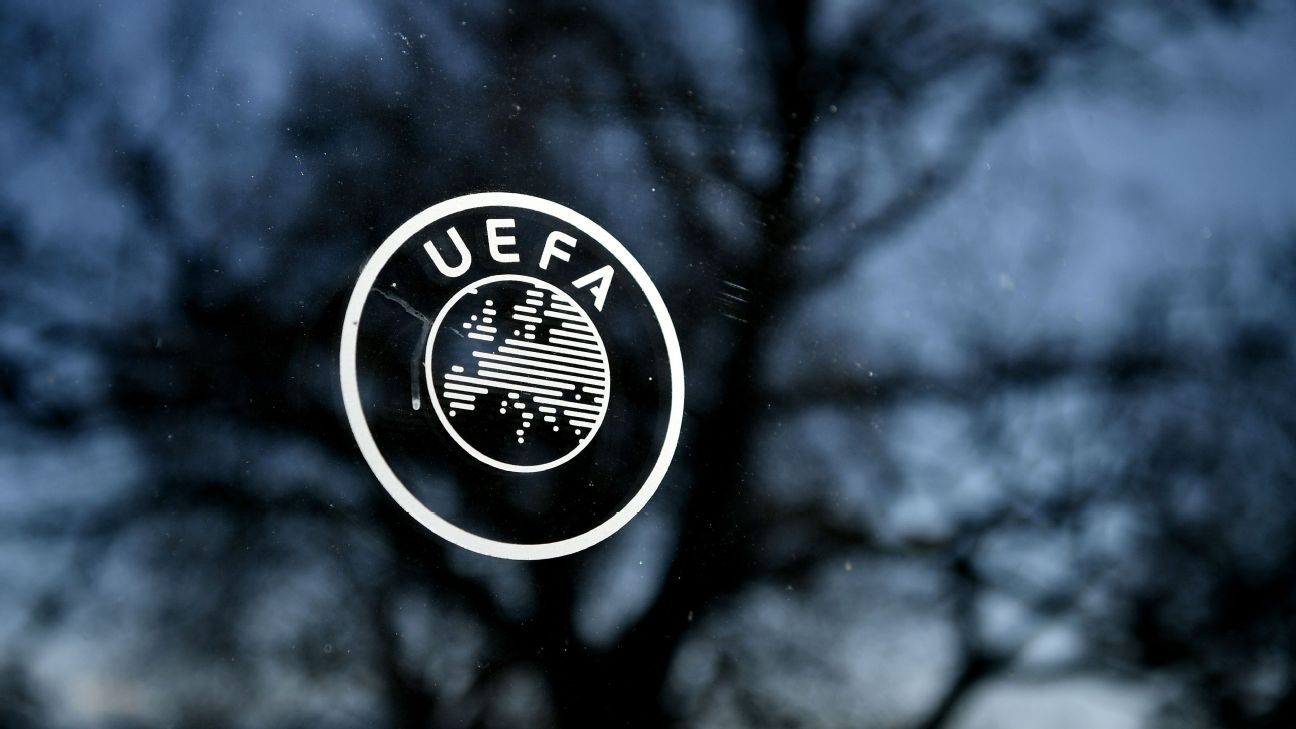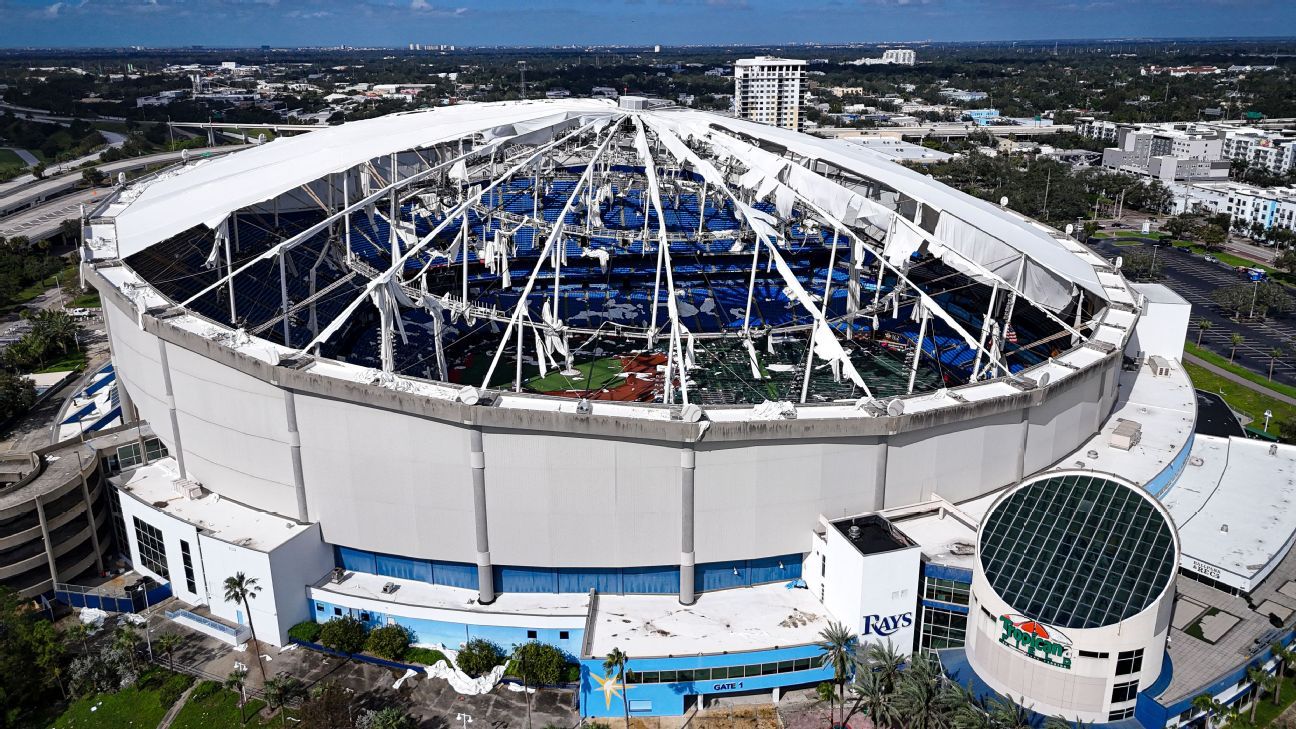
AW began its journey 75 years ago and here we look back to the world’s miling scene in 1945 when the magazine was born
World record-holders Gunder Hägg and Arne Andersson of Sweden and Sydney Wooderson of Britain all missed out on the Olympic glory they deserved mostly due to World War Two causing the cancellation of the 1940 and 1944 Games.
Hägg and Andersson would surely have fought for honours in the 1944 Olympics. Also, had they paced themselves better in their mile races, both were capable of breaking four minutes if they had run more evenly and hadn’t reached halfway in 1:56 in many of their attempts.
As for Wooderson, dubbed the Mighty Atom as he was 1.68m/5ft 6in and 56kg/123 pounds and resembled the famous comedian Arthur Askey, he was probably capable of an 800m or 1500m gold in 1936, a 1500m title in 1940, a 5000m win in 1944 and a 10,000m gold in 1948.
While his fellow world mile record-setter Steve Ovett can also boast an English National junior cross-country title, an Olympic 800m win and a Commonwealth 5000m title, only Wooderson has achieved a world 800m record, a European 5000m victory and a 10-mile National senior cross-country title.
Wooderson may have had a hard task against a brilliant Jack Lovelock in the Berlin Olympics – the Kiwi had beaten him into second in the 1934 Empire Games – but in my view he certainly wouldn’t have done worse than second if fully fit in those Games.
The Briton had been one of the favourites for 1936 glory having beaten Lovelock in the AAA Mile in front of a 50,000 crowd at White City in July and he had also beaten him in the 1935 AAA Mile too. However, a few days before the Olympics he had turned his ankle badly (later revealed as a breakage) and he dropped out of his heat in Berlin.
Once recovered in 1937, he set a world mile record of 4:06.4 at Motspur Park in August and then in August 1938 at the same venue the Blackheath Harrier broke both the 800m and 880 yards records with times of 1:48.4 and 1:49.2.
The following month he easily won the European 1500m title in Paris in 3:53.6 although he had to miss the earlier Empire Games in Sydney to take his law exams.
In 1939 he won the AAA mile for the fifth consecutive year in 4:11.8 with a 27.9 last 200m, but because of World War Two there would be not be another AAA Championships for seven years.
Wooderson’s poor eyesight kept him from active duty in the war although he was a firefighter during the Blitz and was in the Royal Electrical and Mechanical Engineers as a radar operator. During the war his running ticked over with his annual best mile times between 1940 and 1944 being 4:11.0, 4:11.2, 4:16.4, 4:11.2 and 4:12.8.
Not long after the latter race in June 1944, he suffered severe rheumatic trouble and was in hospital for four months and his doctor said he must give up any hope of running in the future. After a two months of convalescence, though, he began to jog but a return to top class racing looked impossible but he would shock the athletics world with one of the greatest ever comebacks.
Meanwhile, further afield, it’s worth noting that in the war years athletics fans eyes were on neutral Sweden and Hägg had broken Wooderson’s mile record of 4:06.4 with 4:06.2 in 1942 but it had fallen to 4:02.6 just a year later to Andersson. Hägg had also become the first athlete to break 14 minutes for 5000m in 1942, a year he also just missed becoming the first man to break eight minutes for 3000m with 8:01.2 which was a world record by eight seconds.
In 1944 it would prove to be an even more cracking season for mile aficionados as the Swedish pair targeted more record breaking. Hägg set a two-mile world record of Oestersund in June of 8:46.4. Three days later in a tactical 1500m, Andersson outkicked Hägg with a 43.1 last 300m to beat his rival by 10 metres in 3:48.8 – almost four seconds down on his world record.
In July, Andersson who had been working on his speed, obliterated the three-quarters mile best with a stunning 2:56.6 with a 57.4 last lap at Stockholm. Two days later he took on Hägg at 1500m in Gothenburg.
The early pace was sensational with Lennart Strand, who was a future 1500m world record breaker himself, blasting through 400m in 56.7 and 800m in an unparalleled 1:56.5. Hägg, who’d been following closely, took over with Andersson, who’d held back a little, four metres back but closing.
At 1200m in 2:58.0, Andersson was on Hägg’s heels but he was a spent force, possibly not helped by his run a few days earlier, and Hägg went away to win in 3:43.0. That took two whole seconds off his rival’s mark with a well-beaten Andersson still running a second faster than his previous record with 3:44.0. A week later Andersson outsprinted Hägg in another slow race 3:48.4 to 3:49.2.
Four days later they clashed in a mile with a capacity 14,000 crowd at Malmo on a 393m track. Strand, who was to win the 1948 Olympic 1500m silver medal, again set a fast early pace of 56.8 and 1:56.0 just ahead of Hägg with Andersson much closer this time.
The pace slowed as Hägg took over and he looked tired as he led through 1200m in 2:58.5. Hägg tried to lift the tempo but Andersson was right beside him and as they went through 1500m in 3:46.0, the latter was much the stronger and he kicked away to win by three metres in 4:01.6 to take a second off his record with Hägg’s 4:02.0 also inside the mark and well under his previous best of 4:03.6.
Andersson continued his dominance over Hägg, beating him in the Swedish Championships at Stockholm in August in 3:49.6 to 3:50.0, then a 2000m 5:12.6 to 5:13.2 and then a 2 miles 8:20.8 to 8:22.4. Overall in 1944 Andersson won the rivalry 6-1 but over their careers it was still Hägg dominating 14-7.
At the beginning of 1945, Hägg went on tour in the USA but after catching flu he ran badly but by July he was training well with Strand and he looked forward to taking on Andersson in Malmo on July 17 with again a sell-out crowd of 14,000.
Hägg’s team-mate Ake Pettersson set another fast pace with 56.5 at 440 yards but he slowed to 1:59.2 at halfway. Hägg then took over and lifted the pace and passed three-quarters of a mile in 3:01.4. He kept the pressure up to pass 1500m in the fastest ever mile split time of 3:45.4 with Andersson trailing by a few metres in 3:45.8.
The latter though kicked up to Hägg’s shoulder in the straight and 50 metres out they were level but Andersson was at his limits and Hägg pulled away again to win by six metres in a world record 4:01.3 with a tired Andersson timed at 4:02.2.
Andersson’s next big race was at White City on August 6 1945 on August Bank Holiday, a month before the war officially ended.
His opponent was Wooderson who eight months after his convalescence now thought he was ready to race Andersson himself, though few thought it was going to be close given one runner had a recent 4:02 PB and the other 4:06 from eight years ago and had been very ill a few months earlier.















 Phone: (800) 737. 6040
Phone: (800) 737. 6040 Fax: (800) 825 5558
Fax: (800) 825 5558 Website:
Website:  Email:
Email: 






